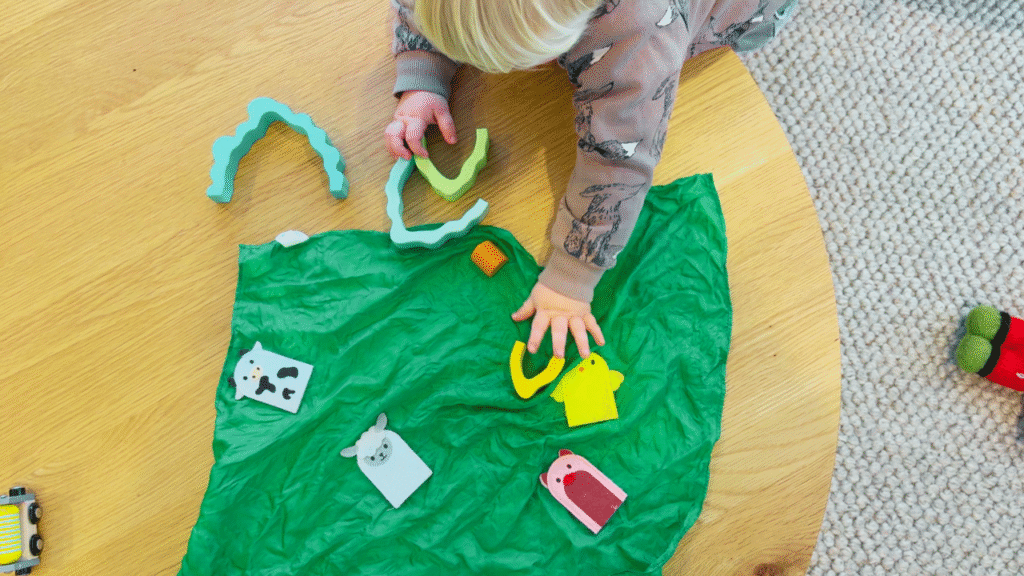
Encouraging independent play in toddlers is one of the most valuable gifts we can give them. When children engage in play on their own, they are not just occupying themselves – they are building confidence, problem-solving skills, and creativity.
In our home, the Waldorf approach and carefully chosen, simple toys guide independent play. This post shares how to encourage independent play, highlights favorite Waldorf-inspired toys, and shows how to make versatile DIY cotton, rice-filled bean bags that enhance imaginative play.
Why Independent Play is Important for Toddlers
Independent play or open-ended play allows toddlers to explore at their own pace. By giving children the freedom to make choices, they practice problem-solving, creativity, and focus.
Waldorf-inspired toys are particularly effective because they are simple and open-ended. A wooden block can be a telephone, a rainbow arch can become a bridge, and a silk cloth can transform into a meadow, a cape, or a play tent. These toys encourage creativity and allow toddlers to engage in independent play for longer periods without requiring our constant stimulation.
Waldorf-Inspired Toys That Encourage Independent Play
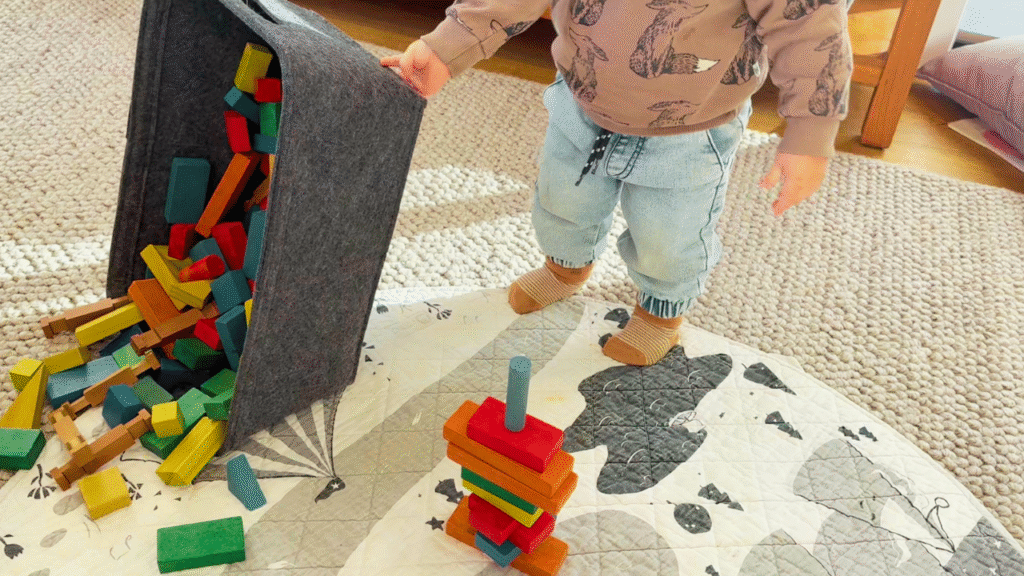
Certain toys consistently support open-ended play while sparking creativity:
- Felt vegetables – for pretend cooking and market play.
- Musical instruments – shakers, tambourines, and drums for rhythm exploration.
- Wooden rainbow arches – versatile for bridges, tunnels, fences, and imaginative structures.
- Silk play cloths – for storytelling, dress-up, or imaginative landscapes.
- Finger puppets – for role play and narrative storytelling.
- Knitted dolls (“baby”) – for nurturing and empathetic play.
- Wooden blocks – for stacking, building, tipping, and imaginative scenarios.
- DIY bean bags – soft, handmade, and endlessly adaptable for play.
Each toy encourages independent play by inviting toddlers to explore and experiment in their own way.
Making DIY Bean Bags to Support Independent Play
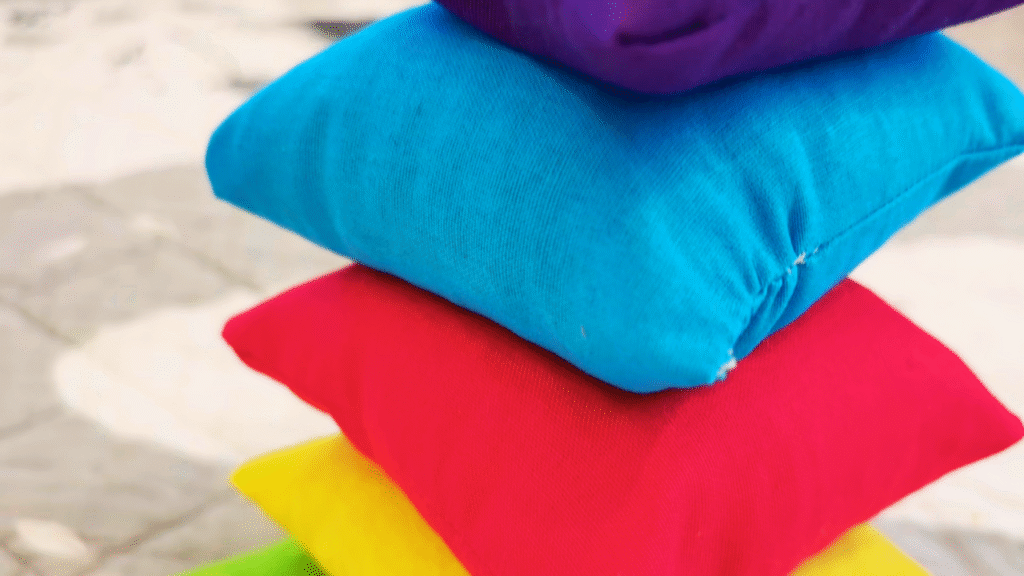
Bean bags are a simple, tactile, and versatile toy that support open-ended play. I made ours about 10cm x 10cm – small enough for little hands, but perfect for multiple uses.
Here’s how I made them:
I started with sturdy cotton fabric in neutral tones. For each bean bag, I cut two squares, pinned the right sides together, and stitched around three sides, leaving a small opening for filling. After turning the squares right side out and gently pushing out the corners, I filled them with plain white rice. Finally, I folded in the raw edges and hand-stitched the opening closed using a ladder stitch.
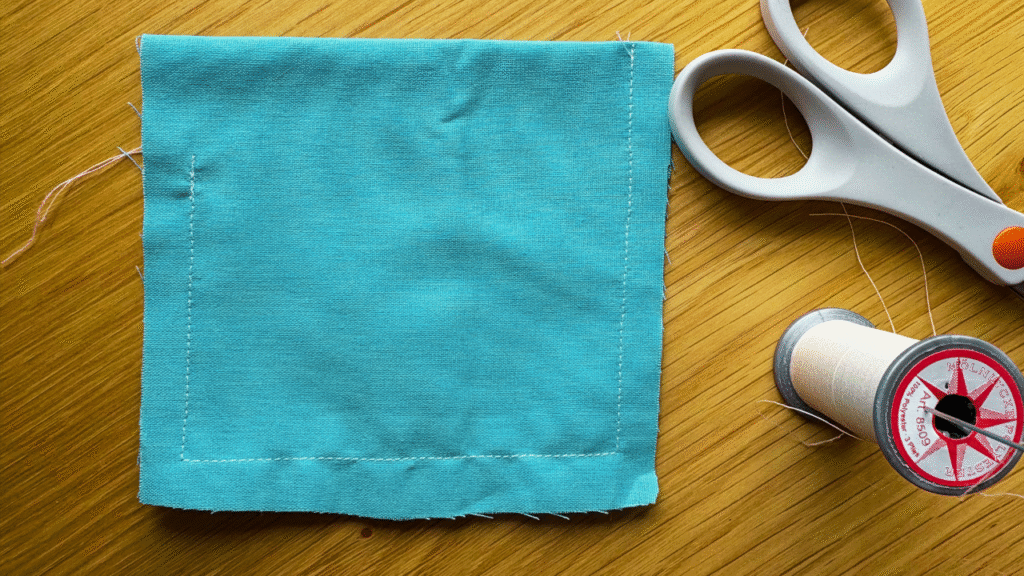
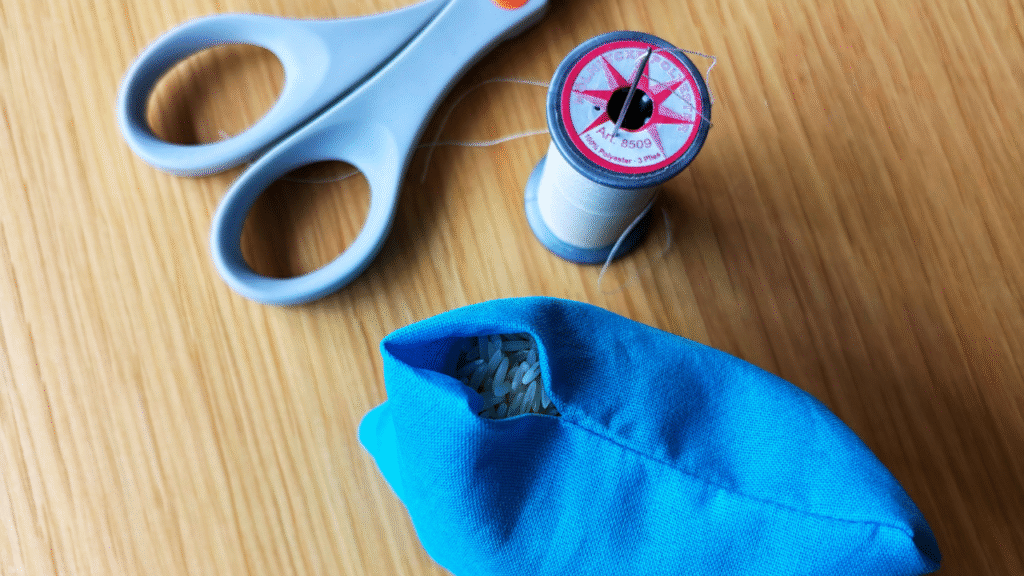
The finished bean bags can be tossed, stacked, balanced, or used as pretend food. Their simplicity makes them perfect for independent play, allowing toddlers to integrate them with other toys for imaginative scenarios.
In the Waldorf philosophy, bean bags are far more than just a toy – they are a versatile, tactile tool that encourages movement, rhythm, and imaginative play. In many Waldorf kindergartens and preschools, bean bags are used daily in circle time for rhythmic games, songs, and verses. Teachers may pass bean bags from hand to hand in time with a song, toss them gently back and forth to build coordination, or hide them under scarves for children to discover.
Because Waldorf education places great value on movement as a foundation for learning, bean bags support the development of gross motor skills, hand-eye coordination, and spatial awareness. They can also be used in imaginative scenarios – becoming food in a pretend kitchen, a parcel to deliver, or a small pillow for a doll. This open-ended use is one reason they fit so naturally into a home environment that supports independent play.
In Waldorf classrooms, simple, natural materials are preferred because they invite children to supply their own creativity rather than relying on the toy’s features to entertain them. Homemade bean bags, especially in natural cotton with a filling like rice, offer a warm, weighted texture that feels comforting and real in little hands, connecting play to the natural world.
How to Create a Home Environment for Open Ended Play
Offering toys alone isn’t enough – toddlers also need a safe, predictable environment to engage in independent play. At home, I structure the day with moments of focused interaction and periods for free play.
For example, our toddler might start with musical instruments, then move on to stacking blocks, explore silks with finger puppets, or play with the bean bags. Outdoor play at the park or sandbox activities also become opportunities for independent play because the child can choose how to interact with the space and materials.
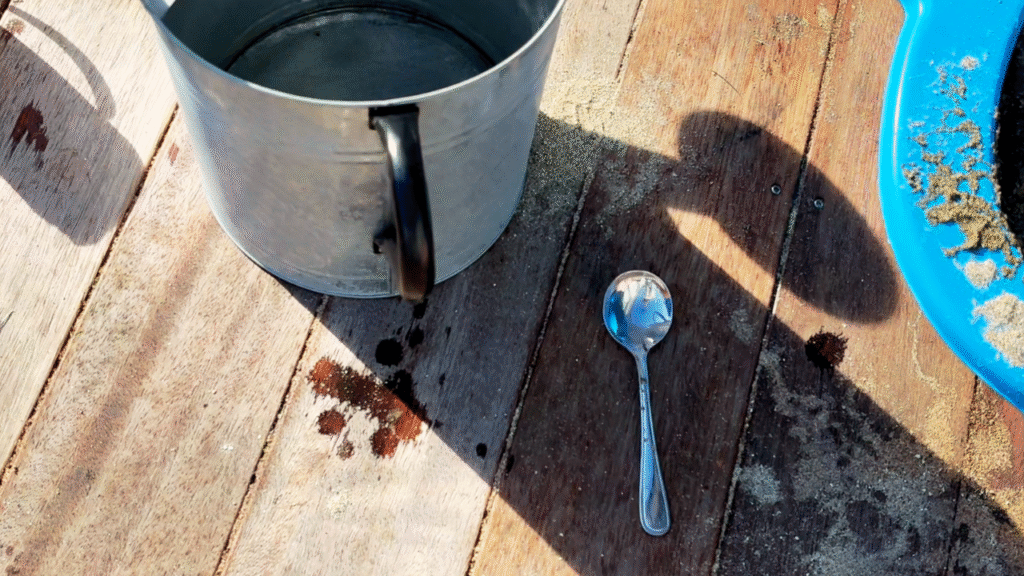
The Role of Waldorf Principles in Open-Ended Play
Waldorf toys are simple, natural, and open-ended. This simplicity encourages toddlers to use their imagination, rather than relying on pre-programmed electronics. The tactile quality of wood, cotton, and silk stimulates the senses and keeps children engaged in creative, self-directed play.
By providing these materials, toddlers can experiment, explore, and problem-solve – all while enjoying independent play. Over time, they develop confidence, resilience, and creative thinking skills.
Integrating Open Ended Play into a Daily Flow
Independent play is most effective when it is part of a consistent daily rhythm. Structured moments of connection combined with free play allow toddlers to engage fully while feeling secure.
Pairing versatile toys with predictable routines lets children explore for longer periods. Through these experiences, independent play becomes more than a daily activity – it becomes a way to learn, grow, and develop autonomy.
You can do it too!
Fostering independent play doesn’t require expensive or complicated toys. Simple items like bean bags, wooden blocks, silks, and dolls provide endless imaginative opportunities. When paired with a gentle daily rhythm, these toys nurture creativity, problem-solving skills, and confidence – while giving toddlers space to explore, experiment, and learn on their own.
If you want to encourage more independent play in your home, start by creating a gentle, predictable daily rhythm. Download my free PDF, Tips for Crafting Your Own Weekly Flow, for practical guidance.
For a deeper dive, the Family Flow Starter Kit eBook offers seasonal routines, Waldorf-inspired toys, and tools to support toddlers’ independence.
Disclosure: This post contains links to my own products. If you purchase through these links, I may earn a small commission at no extra cost to you. Thank you for supporting my work and helping me create more resources for families.

Leave a Reply